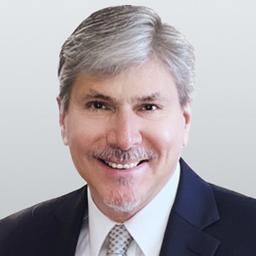The two trust funds that undergird the Social Security system will have a zero balance in 10 years, forcing a 25 percent reduction in payments to all beneficiaries, Phillip Swagel, director of the nonpartisan Congressional Budget Office (CBO), told lawmakers on July 12.
The Social Security program includes two trust funds, Old-Age and Survivors Insurance and Disability Insurance, which provide 25 percent of the payments made to beneficiaries. Both funds will be exhausted by 2034, according to Mr. Swagel, leaving only revenue from payroll taxes to supply benefits. That will mean an immediate 25 percent cut in benefits the day the money runs out.





